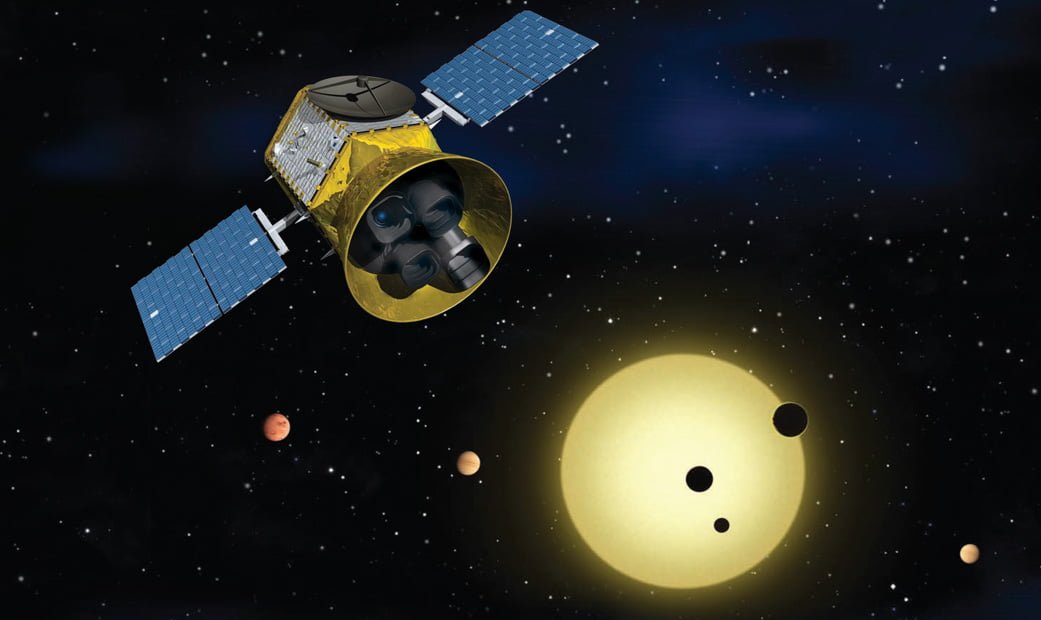NASA’s planet hunting satellite, known as TESS, has unveiled a distant new world which consists of dense materials and gases. The discovered exoplanet orbits a dwarf star 53 light-years away, and also marks the third foreign world discovered by NASA’s TESS (Transitioning Exoplanet Survey Satellite).
The discovery of the new world was presented at the American Astronomical Society meeting, which is taking place in Seattle this week. The planet was named HD 21749b and revolves around a nearby dwarf star. The planet is classified as a sub-Neptune, being three times larger than our Earth, while weighing 23 times more. Based on the data of the planet, scientists found that the planet has a gaseous nature, with a thick and warmer atmosphere compared to the Neptune and Uranus from our solar system.
Based on the measurements, scientists found that the surface temperature of the new world discovered by NASA’s planet hunting satellite is surprisingly low for a planet orbiting so close to its host star. The satellite measured a surface temperature of 300°F despite a warmer atmospheric temperature. Everything goes faster in the planet compared to our Earth, including a year which lasts only 36 days. The host star of the newly discovered exoplanet is almost as bright as our sun, so researchers behind the discovery will have an interesting time learning about it.
“It’s the coolest small planet that we know of around a star this bright,” lead discoverer Dr Diana Dragomir, a postdoc at MIT’s Kavli Institute for Astrophysics and Space Research, said in a statement describing the study submitted to the journal Astrophysical Research Letters. “We know a lot about atmospheres of hot planets, but because it’s very hard to find small planets that orbit farther from their stars, and are therefore cooler, we haven’t been able to learn much about these smaller, cooler planets. But here we were lucky, and caught this one, and can now study it in more detail.”
Dr. Dragomir also added that the planet probably isn’t as gaseous as our Neptune or Uranus, which consist of hydrogen and are “really puffy.” However, the planet is believed to be dense with a lot of water and has a thick atmosphere.
NASA’s planet-hunting satellite was designed to succeed the now defunct Kepler telescope. Its transition method includes looking into the changes in the brightness of the stars, and when the brightness feels dimmer or covered, that means that a planet covered it. It is the same approach used on the Kepler space telescope, which ran out of fuel in the second half of last year after successfully sending all research data back to Earth.
TESS studies the brightness of 200,000 stars to find the changes made by potential planet discoveries. The researchers expect to find 20,000 exoplanets during the initial two-year mission plan. It’s worth noting that this number is over five times greater compared to the number of exoplanets already known. Their estimations show that at least 50 planets will be Earth-like planets, or even super-Earth sizes.
“We’ve confirmed three planets so far, and there are so many more that are just waiting for telescope and people time to be confirmed,” Dragomir said. “So it’s going really well, and TESS is already helping us to learn about the diversity of these small planets.”





